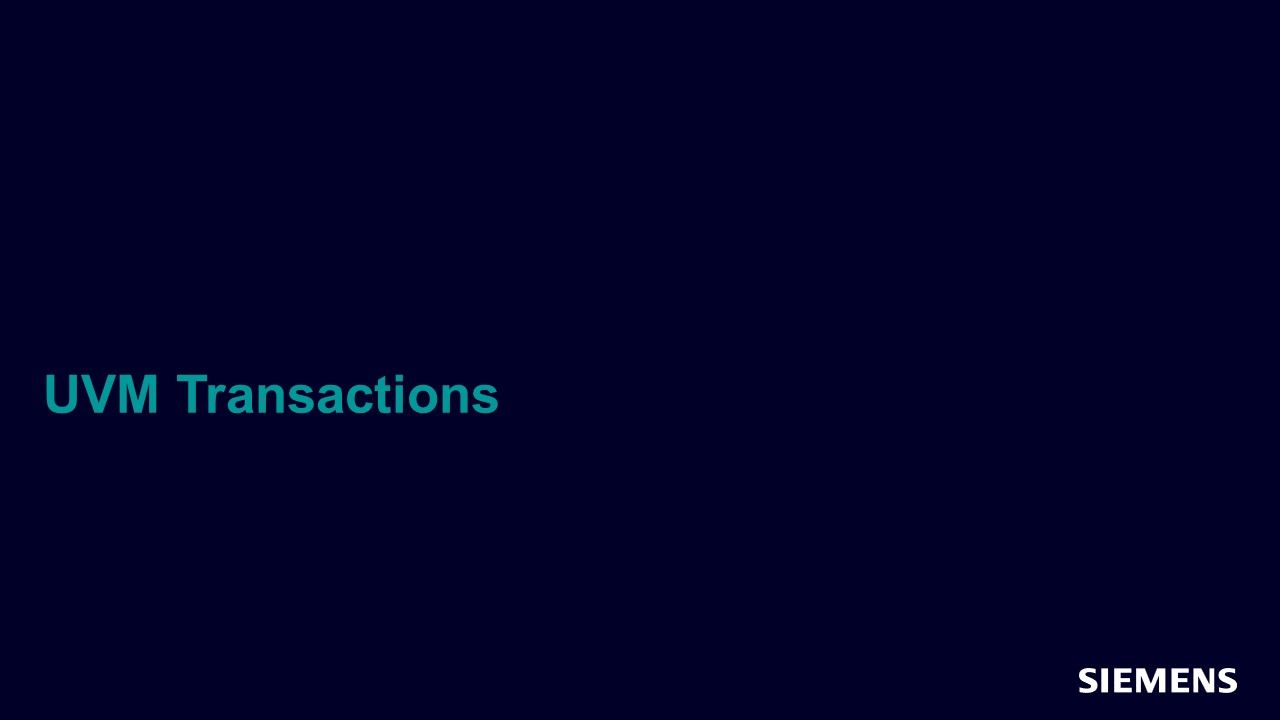Stimulating Simulating: UVM Transactions
In this session, you will learn how to create classes for UVM transactions, also known as sequence items. You will also be shown how to add new functionality to a transaction, by extending the class and much more.

Full-access members only
Register your account to view Stimulating Simulating: UVM Transactions
Full-access members gain access to our free tools and training, including our full library of articles, recorded sessions, seminars, papers, learning tracks, in-depth verification cookbooks, and more.